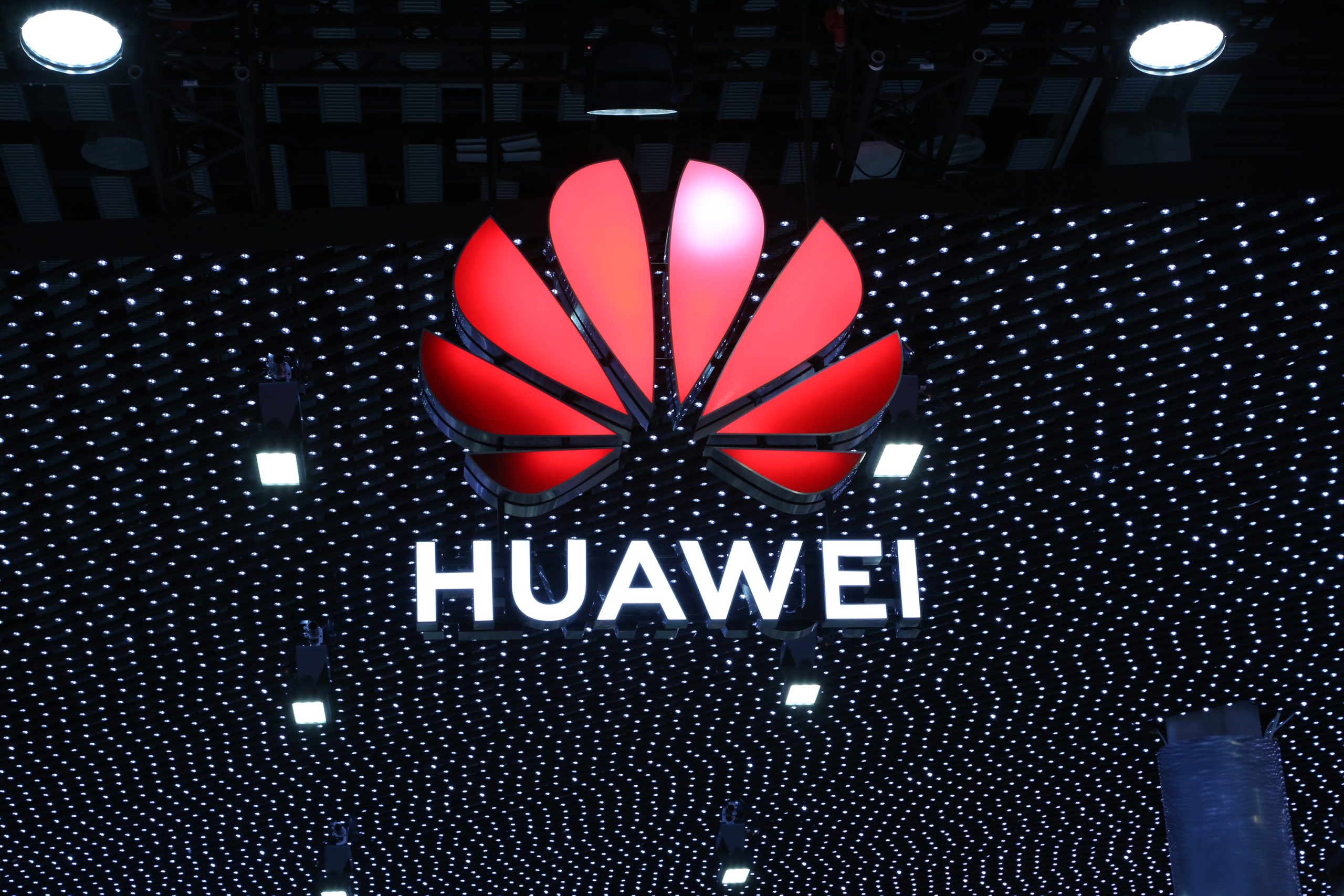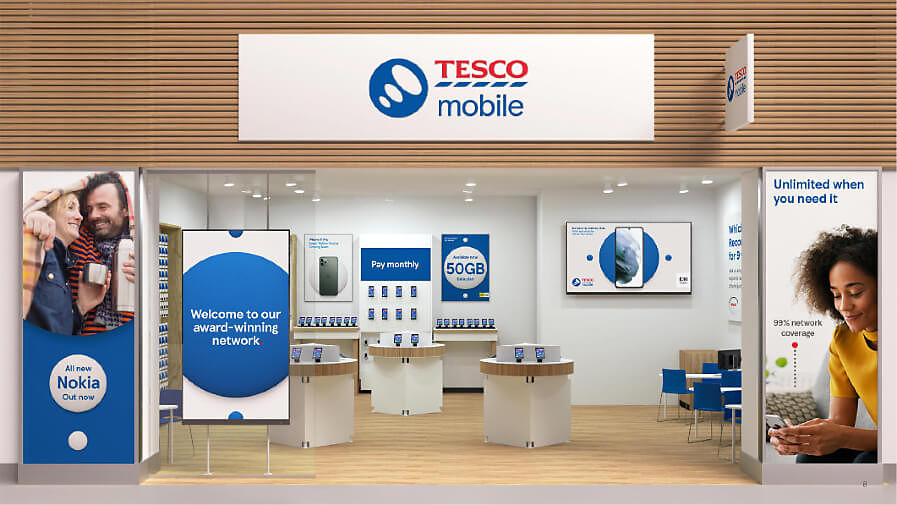That thing called header bidding and the quest for in-app parallel auctions
- Monday, March 19th, 2018
- Share this article:
Welby Chen, president and chief business officer at Fyber, breaks down how header bidding is changing the notion of the waterfall, and whether digital marketing can ever achieve a truly fair auction
 When header bidding first arrived on the scene, it was lauded as the solution to eliminate the waterfall — the sequential initiation of a bid, one ad network after another, until the ad is sold. By pitting exchanges against one another simultaneously before making calls to their ad servers, header bidding helped desktop and web publishers see a 20 to 50 per cent uplift in yields.
When header bidding first arrived on the scene, it was lauded as the solution to eliminate the waterfall — the sequential initiation of a bid, one ad network after another, until the ad is sold. By pitting exchanges against one another simultaneously before making calls to their ad servers, header bidding helped desktop and web publishers see a 20 to 50 per cent uplift in yields.
While header bidding isn’t a perfect solution, it does give buyers greater access to premium inventory and publishers increased revenue streams. Auction-based demand now competes in parallel on the open exchange driving greater competition and maximizing yield.
It is only natural that app developers also want to reap the rewards of this monetization technique for mobile in-app. Mobile users continue to spend a large amount of their time in apps and mobile ad spend followed suit with a $16.9bn (£12bn) projected reach by 2018. But mobile publishers need to consider the differences between web and in-app environments to achieve both greater and fairer competition.
Here we go down the waterfall, again!
Unlike web publishers, app developers need to integrate an SDK to sell on a particular network. This distinction adds an important dimension when trying to help developers maximize yield, make more money, and enable true competition. To drive greater demand, app publishers use a mediation platform (one SDK) to manage multiple ad networks (i.e., many SDKs). The mediation platform uses the waterfall model, prioritizing networks based on average historical revenue data. This strategy makes it difficult to move up the waterfall, which means the same networks tend to get the first look, and some never compete for traffic, even if they are prepared to offer a higher price for that impression.
It sounds like app developers are getting a fair price by giving preference to the best performers. Because most mediation solutions are free, to make money the mediation platform may be naturally incentivized to prioritize its own marketplace or ad network over ads from the other mediated networks (i.e., it sits on top of the waterfall).
Even if the mediator is not giving itself an advantage, the nature of decisioning based on historical eCPMs is flawed. In such a model, the mediator cant react to real time changes in market dynamics. If a particular network has a burst campaign running for a few hours, the mediators algorithms will not pick up this potential uplift until its too late, and the publisher misses out on an easy revenue lift opportunity.
Achieving the parallel auction has two main components: unification and transparency. Unification allows everyone to compete for every impression; and transparency is the relationship publishers have with their partners. A mediation solution should be thought of as a partner, not simply a platform. The long-term benefits of mediation is through a trusted relationship with a network that treats itself like any other network, ensures publishers are never leaving money on the table, and refuses quick revenue opportunities in exchange for publisher trust.
That thing called in-app header bidding
There are companies that recognize the inefficiencies of mediation and are promoting their own model of header bidding, but it’s still not a parallel auction. Many solution providers connect app publishers with several exchanges that bid at the same time. Yes, in theory this parallel auction is known as header bidding, but the result of this auction is then fed back into a mediation platform. Here, a second auction is held where the ad network’s marketplace, with the benefit of knowing the result of the first auction, gets a last look. And the problem remains: even if other buyers are prepared to offer a higher bid for that impression, they may never get the chance.
To bid, or not to bid
The bigger problem with solutions that appropriate header bidding is that they exclude a significant portion of demand from competing in the real-time auction. Facebook, Google, Ad Colony and others only deliver some of their valuable demand via their in-app SDK. This is how they ensure support of advanced creatives and collect richer data on behalf of the advertisers they represent. But what is essentially a difference in buying mechanics — SDK ad network buying versus RTB — now separates competition between those who can bid in the RTB auction, from those who can’t or won’t.
Come one, come all
All demand partners represent similar advertisers and advertisers on programmatic demand aren’t different than those coming from ad networks. So, let’s give everyone a seat at the auction, regardless of how they want to buy, they should all be able to compete for every impression.
















